Today’s Route to Christmas features a long leg in the elite women’s class. As on day 4 we travel to Sweden and the Swedish Championships long distance, but whereas the featured men’s leg was a simple “straight or around on the road” leg, this one is more complex where it may be tricky to see any really good solutions in the broken terrain.
The leg is as usually first provided without routes – you may take a look at it and think about how you would attack this leg (if the image is too small, you may click on it to get it larger):
Webroute
Next you can draw your own route using the ‘Webroute’ below. Think through how you would attack this leg, and draw the route you would have made. Some comments about why you would choose a certain route are always nice for the other readers.
Then you can take a look at how the runners have solved this leg below. As you can see, the key to the leg is understanding that you need to go to the right out of the control like Sara Hagström does – with this route you can run very fast all the way down to the big marsh halfways on the leg. From there the fastest option is to go further right than Hagström does to avoid some wet areas and small climbs (see e.g. the route og Bjessmo), and then finally follow Hagström’s route into the control. Going around to the left is definitely much too long. Even if you can run 5:30 min/km on the path, you lose so much time getting to the path that you lose a lot of time by going around to the left. Also a route slightly left of the straight line (see e.g. Lösch) is much too slow as you use between a minute and two extra to get to the level of the end of the big march (in the first big valley).
Density map
See below for a density map of some of the ones who have drawn their routes so far (available during the day when some readers have drawn their route).
Additional information
You find the complete map in omaps.worldofo.com at this location.
Route to Christmas series
The Route to Christmas series is a pre-Christmas tradition at World of O – giving the readers the opportunity to do one Route Choice Challenge each day from December 1st until December 24th. If you have got any good legs in GPSSeuranta or 3DRerun from 2020-competitions, or old forgotten ones which are still interesting, please email me the link at Jan@Kocbach.net, and I’ll consider including it in Route to Christmas if it looks good. Route to Christmas will not be interesting if YOU don’t contribute.
Not all legs are taken for the interesting routechoice alternatives – some are also taken because the map is interesting – or because it is not straightforward to see what to do on a certain leg. Any comments are welcome – especially if you ran the event chosen for todays leg!
 World of O News
World of O News

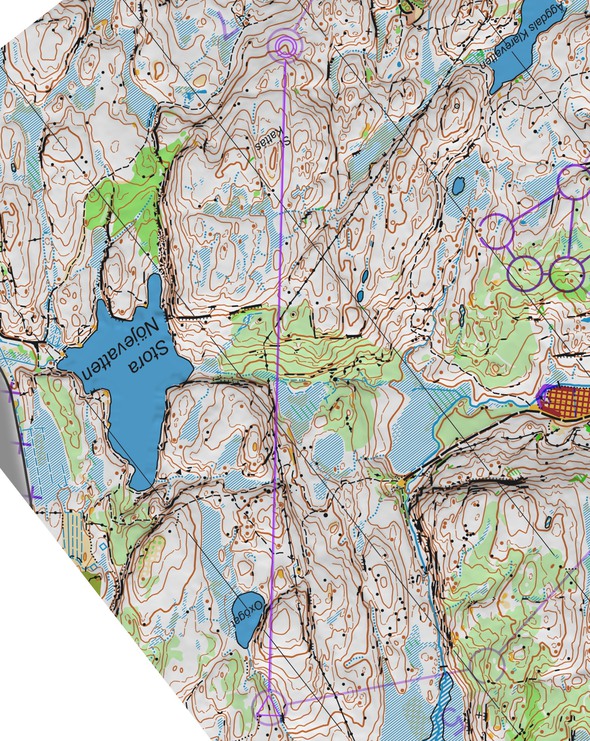
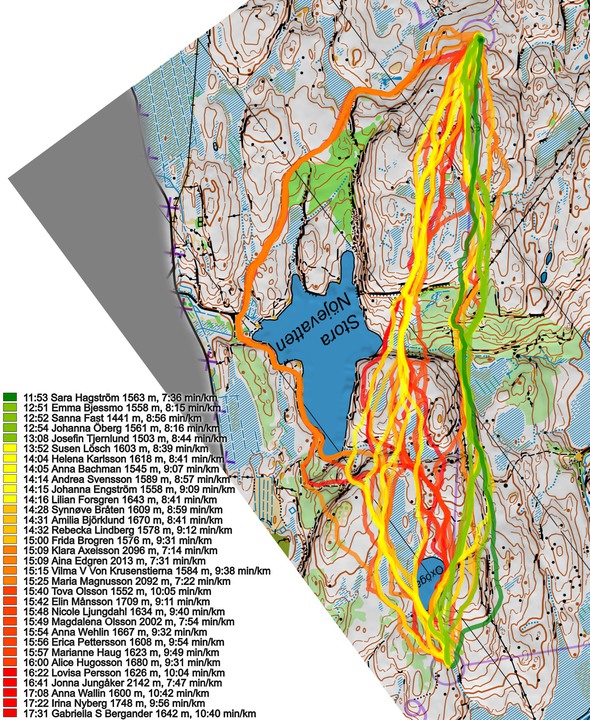
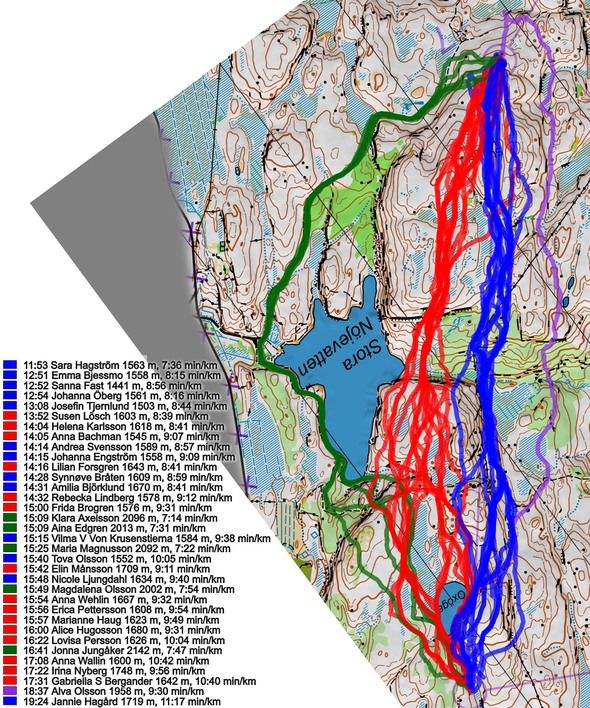
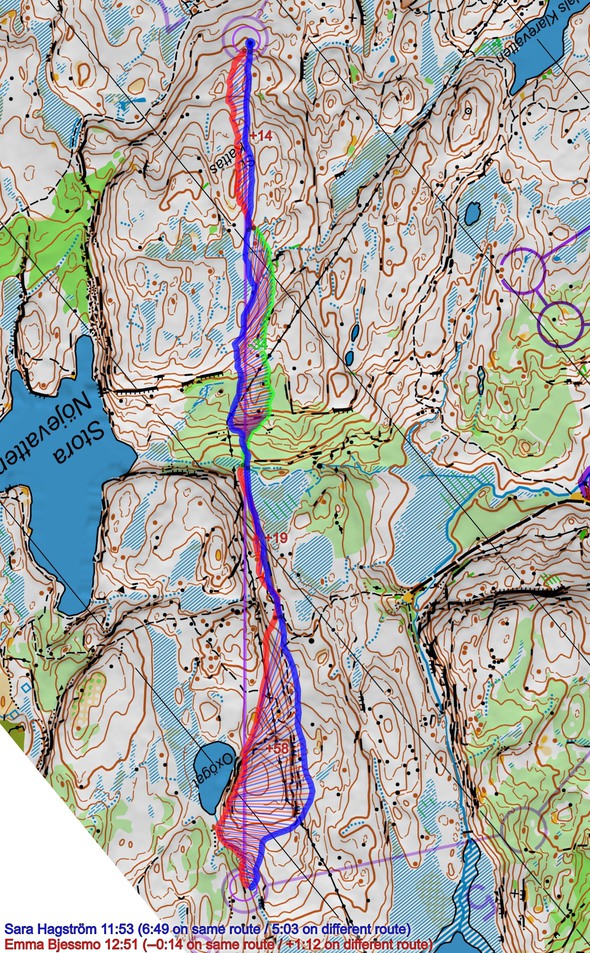
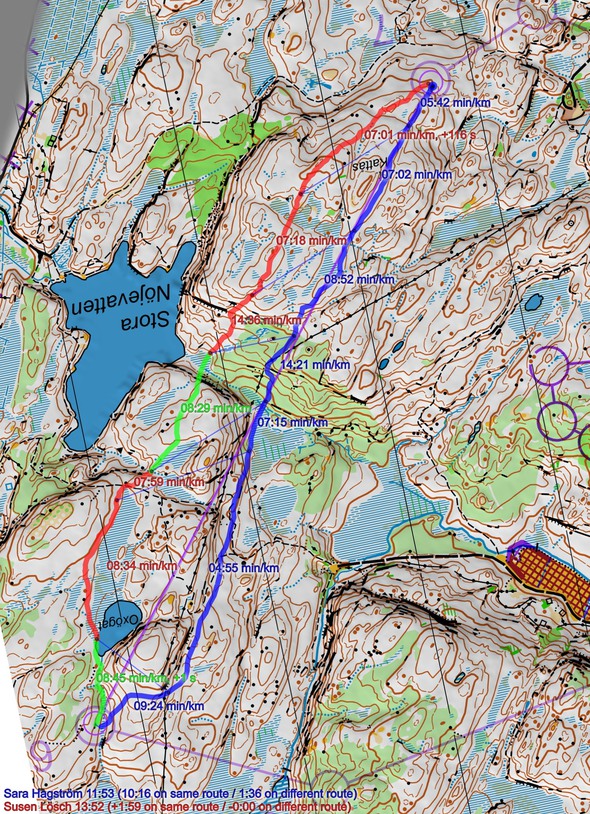


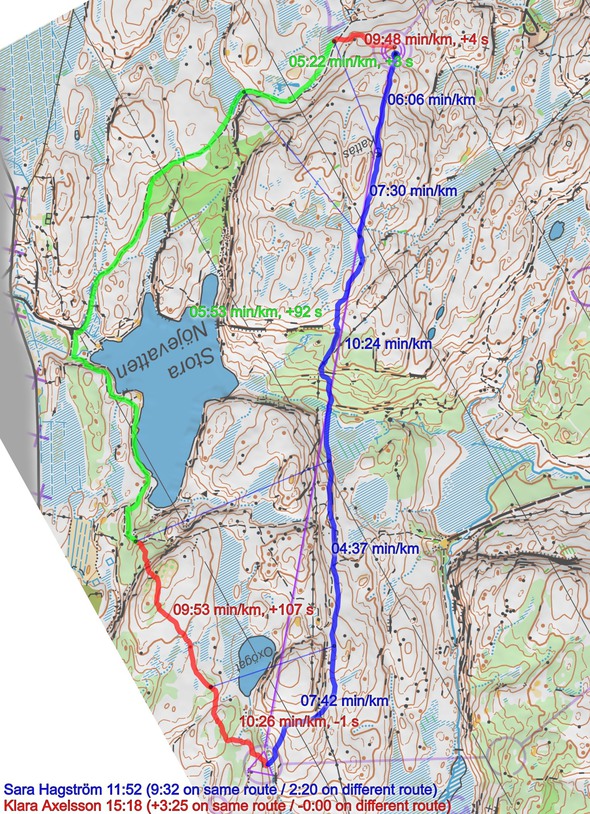
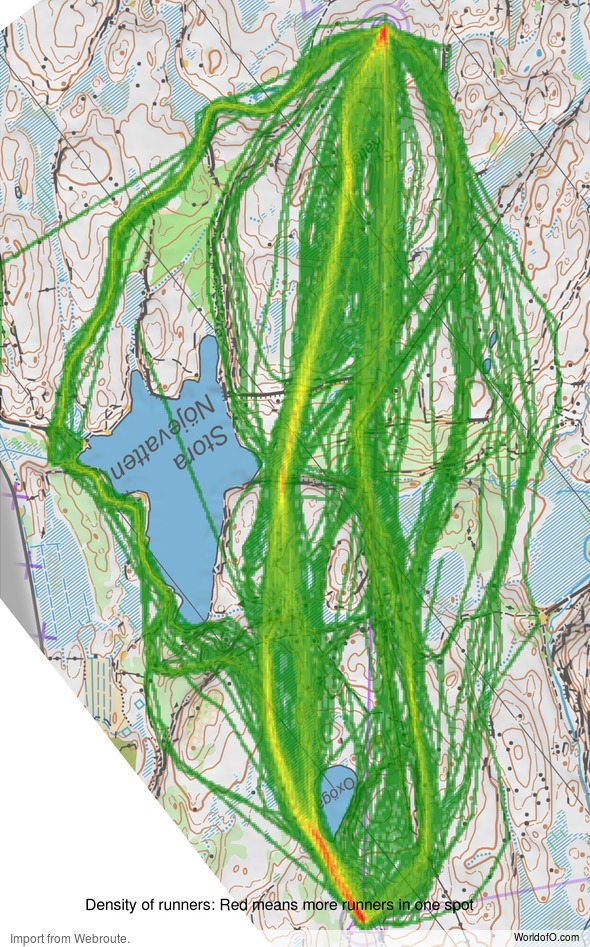


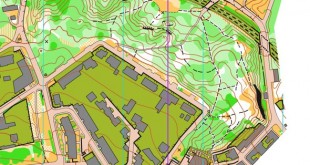
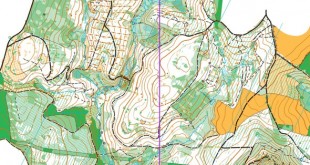
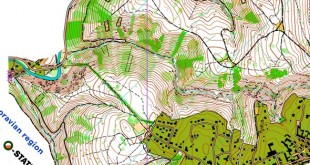
Isn’t it worth for someone who is really fast on the path to take the very left option? I mean it is a really safe option with basically no chance to make a miss, and if one can run on the path with 4:00-4:20 min/km in the 75% of the leg, then it’s not far from the time of Hagström. Axelsson’s time was around 100 sec slower according to the analysis, with a speed around 5:45-5:50. If this part of the route is around 1500 m long, then an elite runner could save up to 2-2.5 minutes compared to Axelsson I guess. Which still more than Hagström’s time, but it could have been a better option for a strong runner like Bjessmo.
The same with Susens route. It looks fast but she looses time in the first part. How much faster would Sara run on this one?. Was it bad luck that the runnability along these marshes was not as good? Was it bad luck fewer choose this route thus less paths? Was she starting early? Was Sara running alone? Did Susen invest time into later routechoices? Would other runners be faster if executing their own route flawless?The shear empirical definition of “the fastest/best route” might sometimes lead to false conclusions.😷
Thanks for your comments, Kristof & Martin.
– About the around-route, looked at all runners running around (there were several others), and the first part to the path seems to be simply too slow for that route to be the fastest for a good orienteer. For an orienteer with poor technical skills, running around could be faster
– With regards to Susen’s route, there are also other runners running there, and they generally lose time in this first part. In particular, going where Sara runs is faster than going more straight first (as many runners do), this is a very clear result from the analysis.
But of course, in general you use a combination of GPS-data and discussion with athletes to identify which route you think is the best, and even then you cannot speak with full confidence. In this particular case I think the data is quite conclusive that Hagström’s route is faster, and that’s why I wrote it with some confidence. Often my analyses are more open with more of a “probably” in there, but this time there were several runners on each choice, and you could understand where they lost time based on the combination of map and pace on different segments and it all seems quite logical.
However, I would of course be thankful if readers would use some time to make their own thorough analysis based on the data available and post it in the comments, that would definitely add a lot to the Route to Christmas series. So there is your challenge :-)
Regarding the path route being too slow: With lots of experience from Scandinavian terrain, I would look at this map and immediately envision an area with a very thin cover of sod over a rocky base, with mostly fir trees possibly with planted spruce in the flatter sections. Paths in such areas tend to be relatively slow due to rocks & roots as well as lots of micro ups & downs and small bends. In an actual race you would of course know all this by the time you got to this leg!